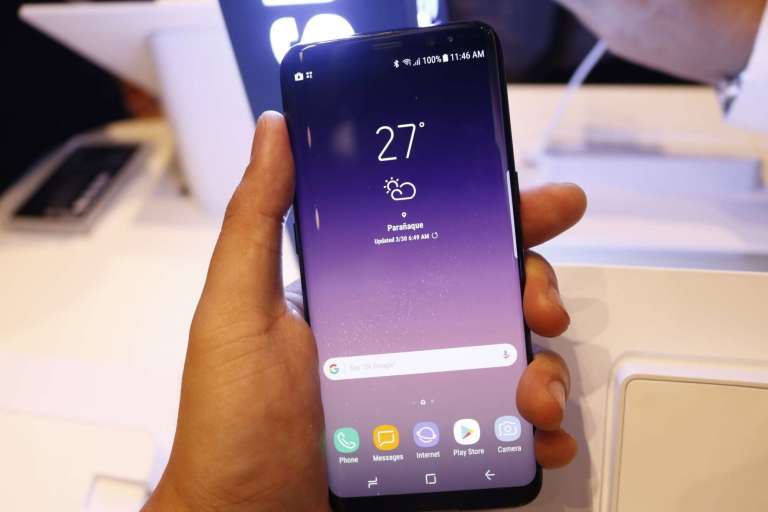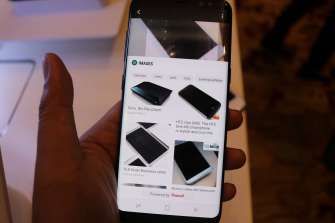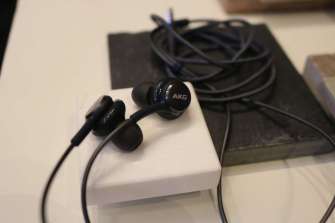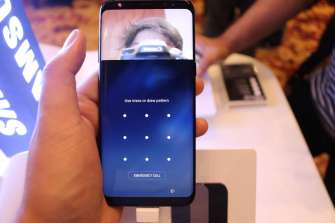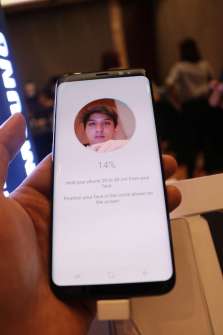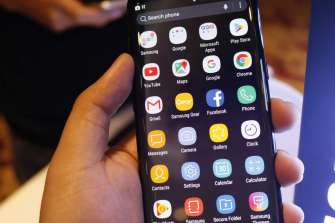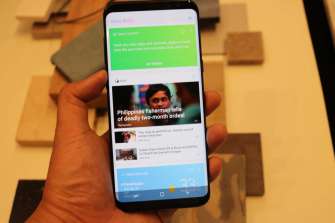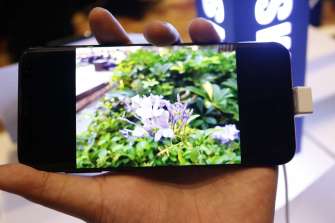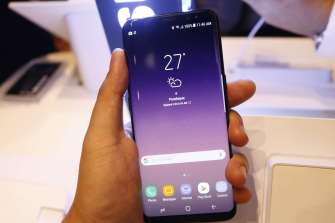Go big or go home is the name of the game as Samsung finally unveils the much awaited Galaxy S8 and Galaxy S8 + handsets. Unlike its predecessors which pretty much built on the Galaxy S6 and S6 Edge platform, this time they went ahead with a full redesign on the S8 and S8 Plus.
I was really in awe when I saw the photos of the phone, but believe me, it looks way better in real life.
Hardware: Flagship superiority

Samsung retains the sandwiched glass and metal construction on their phones fitting for a 2017 flagship. Unlike previous iterations of the Samsung Galaxy line, both the S8 and S8+ come with edge displays.
This probably means that Samsung’s gamble back in 2015 with the Galaxy S6 Edge paid off – people want sexy edge-to-edge curved screens, it’s here to stay.
I have never owned any of their curved edge display phones in the past but I’m confident to say these are one of the nicest phones I’ve held in a long time.
There are few things that changed on the front of the device. Notably absent are the Samsung logo and the signature home and capacitive buttons, now replaced by software keys. They also added an iris scanner right beside the front facing “selfie” camera.
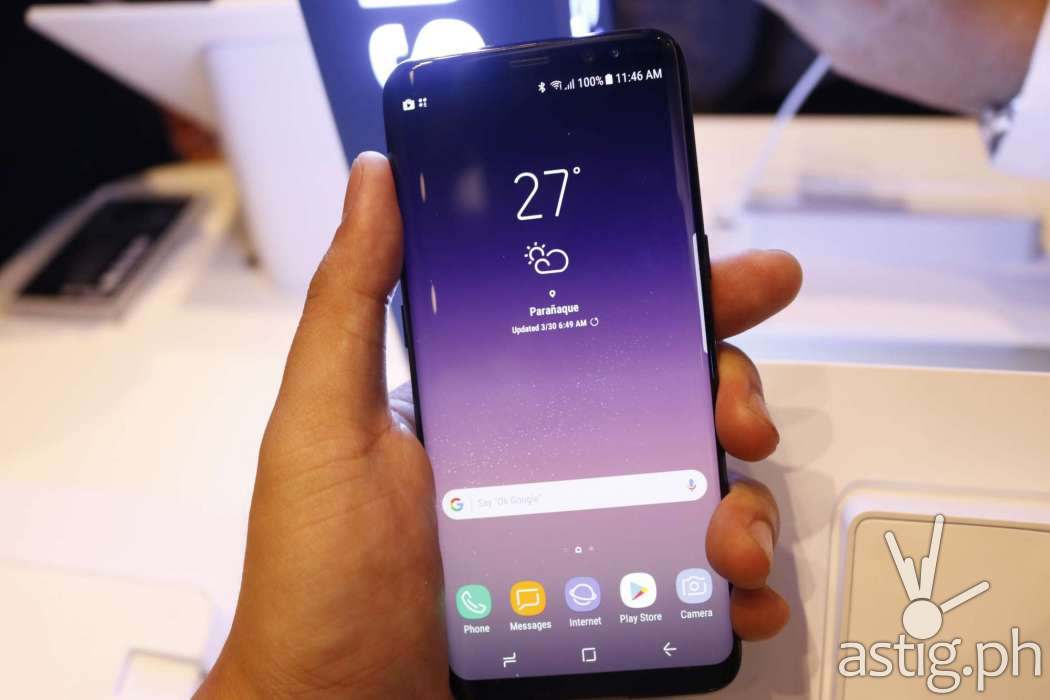
On the right side of the device is the power button. The SIM card and Micro SD slot can be found on top, taking in expansion cards of up to 256 GB capacity.
On the left side are the volume rockers and a button dedicated to Bixby, the new AI technology (more on this later). At the bottom, you will find a single loud speaker, a USB type-C port and, thank goodness, a 3.5mm headphone jack.
At the back, you will find the 12-Megapixel rear camera along with the flash, and a fingerprint sensor. This is the first Samsung device that has the fingerprint sensor placed on the back, though I feel that its placement may not be optimal.
Kudos to Samsung for pushing out a solid and beautiful piece of hardware. The IP68 rating is no longer an added bonus – it is now a necessity that defines a brand’s technical capabilities, and Samsung excels in this aspect.
Display: Super AMOLED on an Infinity Screen
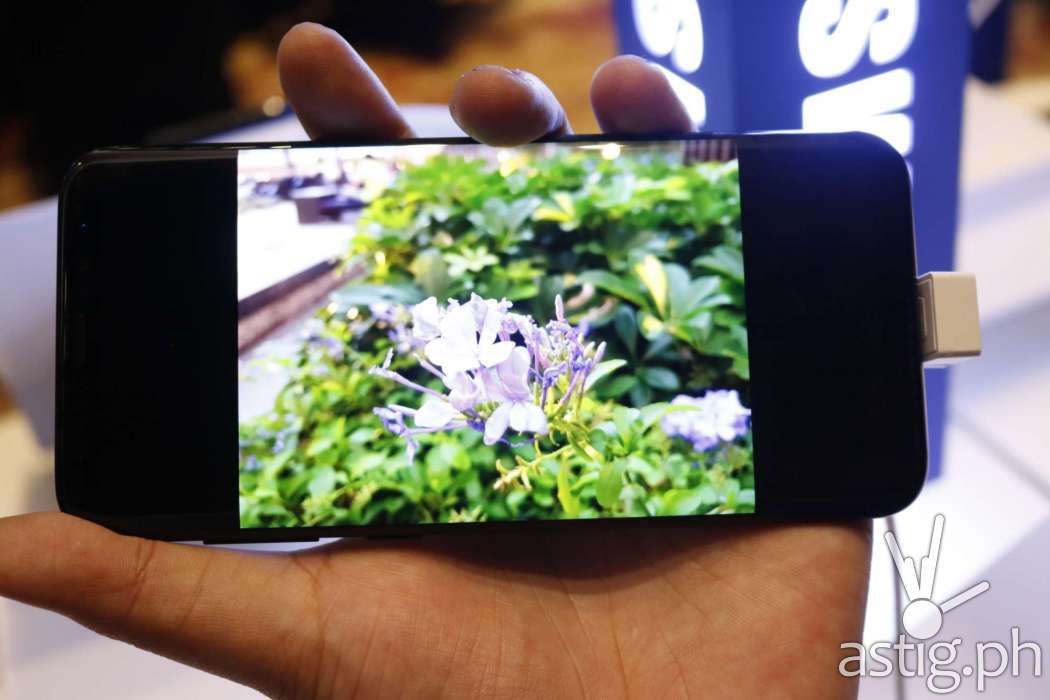
Powering the S8 and S8+ display is a 5.8″ and 6.2 ” Super AMOLED screen. This marks a departure from the 5.1″ and 5.5″ screen sizes of the past while keeping the phone relatively compact.
They achieved this my making the top and bottom bezels of the device really small, which Samsung dubbed as the Infinity Display. I don’t have a Galaxy S7 or S7 Edge so I can’t compare the quality of the display between the two so I can’t comment much on that, but from what I can tell, it has the same quality with their predecessors which is still excellent up to this day.
Another thing that’s changed as well is that both of the handsets had a resolution bump to 2960 x 1440(WQHD+) with a pixel density of 568 PPI. They did that in order to accommodate the new aspect ratio of 18.5:9 which was the result of reducing the top and bottom bezels.
The S8 and S8+ did borrow a feature from the ill-fated Galaxy Note 7 which can change the screen resolution of the device down to full HD+(2,220 X 1080 pixels) or down to HD+ (1,480 X 720 pixels) in order to save battery and potentially have better performance.
Since the aspect ratio is larger compared to the standard 16:9 ratio, some media especially videos in YouTube may be less than ideal since you will see black bars on the side of the device. Thankfully, it is not that noticeable.
Camera: Same as the Note 7
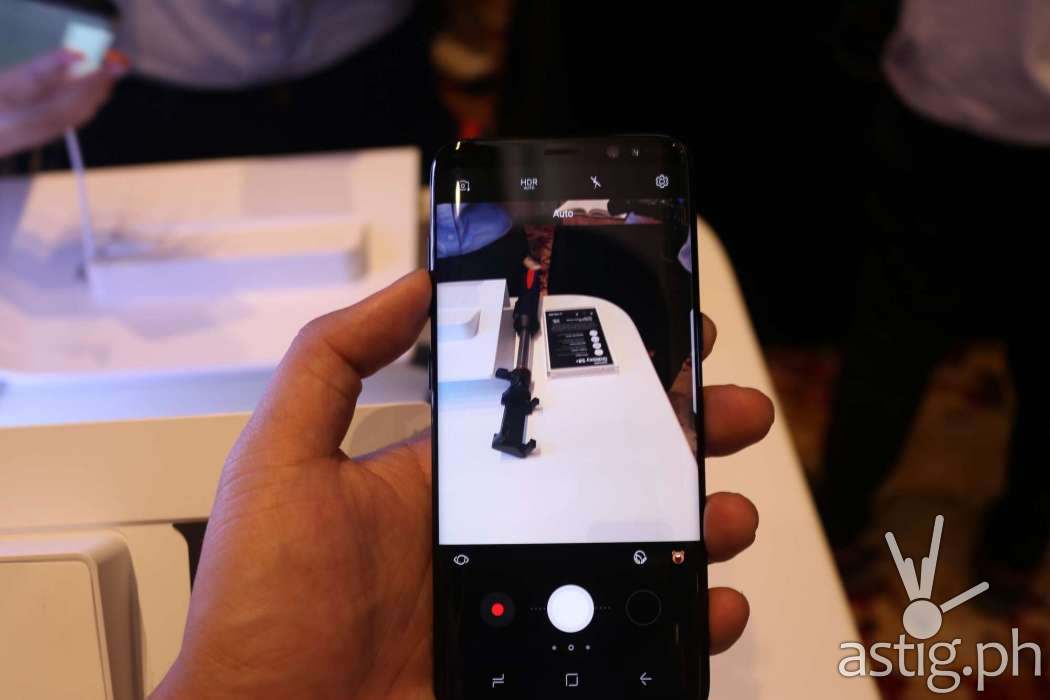
Everything about the S8 seems rosy so far until you see the rear camera, which uses the same 12 MP sensor from last year’s Galaxy S7 line. Rather than following the dual camera trend, Samsung stuck with a single camera with an aperture of f/1.7.
Native video recording support includes 4K @ 30fps or 1080 @ 60fps and can record slow motion video of 720p @ 240fps.
The front camera received a spec boost from 5 MP to 8 MP with an aperture of f/1.7. It also comes with auto-focus hardware so not only you get better quality selfies, you can be sure that your face will be sharp even when you move around.
Software: Nougat with a bit of Wiz

The Galaxy S8 line will run Android 7.0 Nougat and comes with – you guessed it – TouchWiz UI. If anything, this is the cleanest, and simplest version of TouchWiz yet.
Like the Google Pixel, it doesn’t have an apps button anymore, but instead, you can swipe up or down on the home screen to show the apps menu. Edge features were retained such as the Apps Edge, People Edge, Clipboard Edge as well as Smart Select.
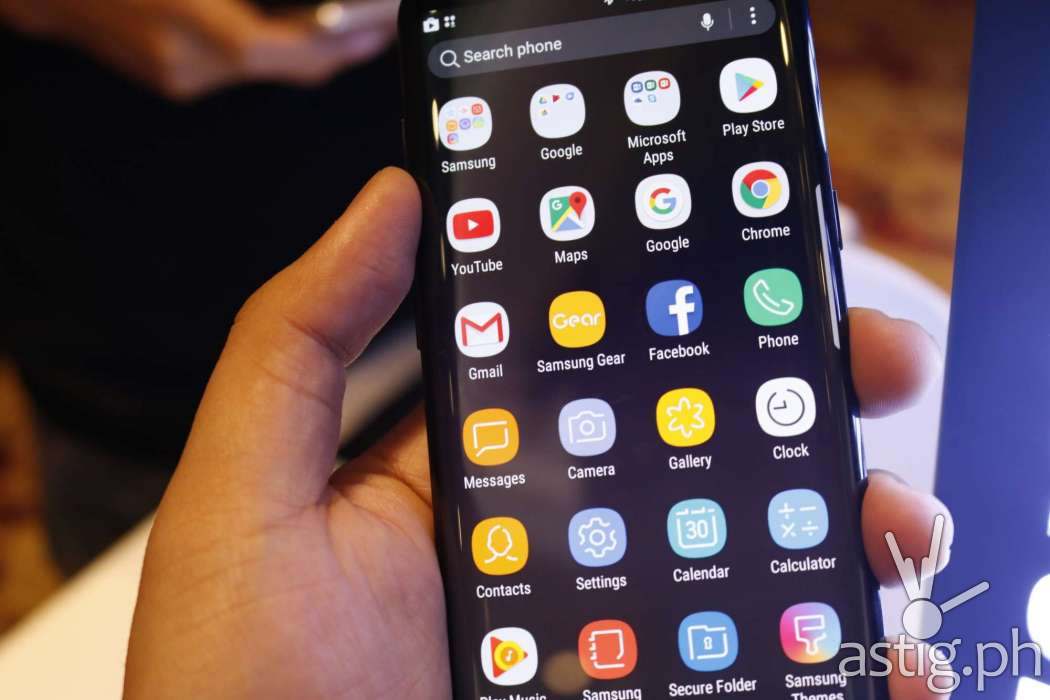
It is snappy for the most part but I still notice the lag Samsung is notorious for. In their defense though, the demo unit they showed us is not the final hardware and software yet, so I’ll give them the benefit of the doubt here.
Samsung Bixby: Siri and Google Assistant for Samsung devices
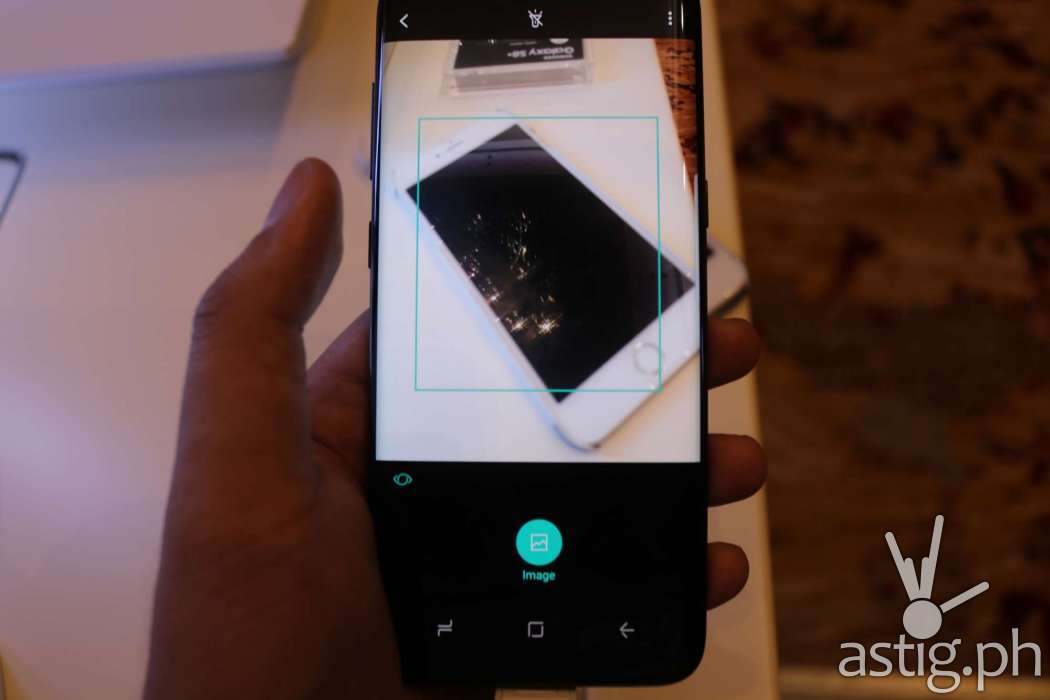
The real star of the show, however, is Bixby, which is Samsung’s take on the AI assistant. It gives you all of the information you might need just by swiping left from the home screen or pressing the dedicated Bixby button on the left side of the phone, it can also take voice commands similar to Siri or Google Assistant.
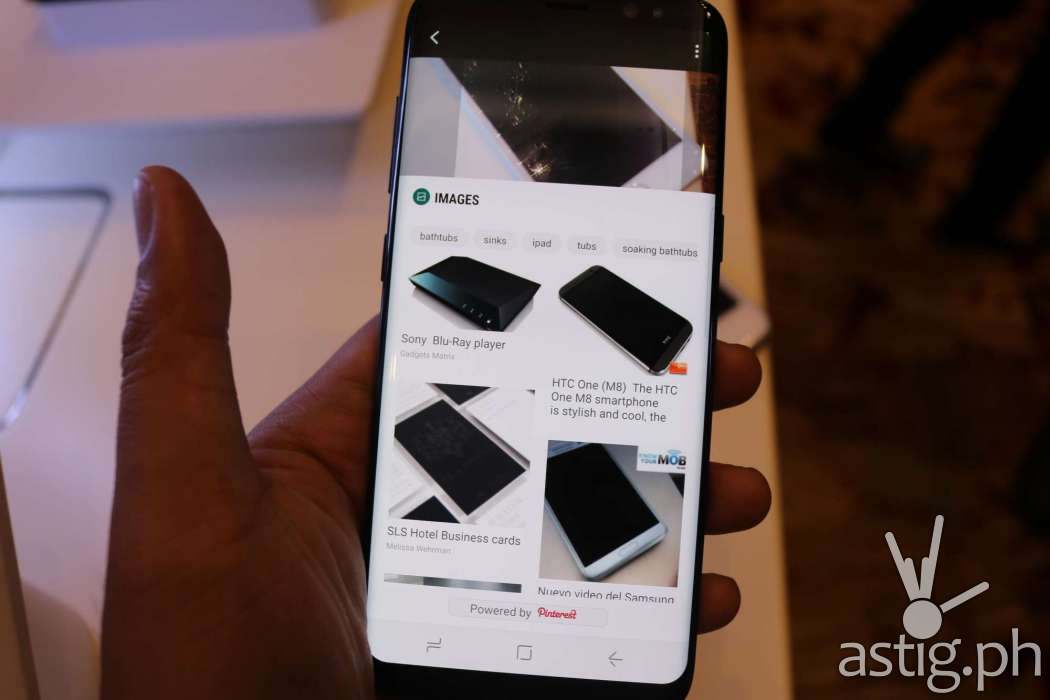
It also has an object recognition software, wherein it can detect an object while pointing at it with your camera, and it will automatically recommend images related to that object. Bixby’s capabilities are fairly limited at the moment, but we were told that it will get better in time, as with all software.
Security: Iris scanner and Facial Recognition
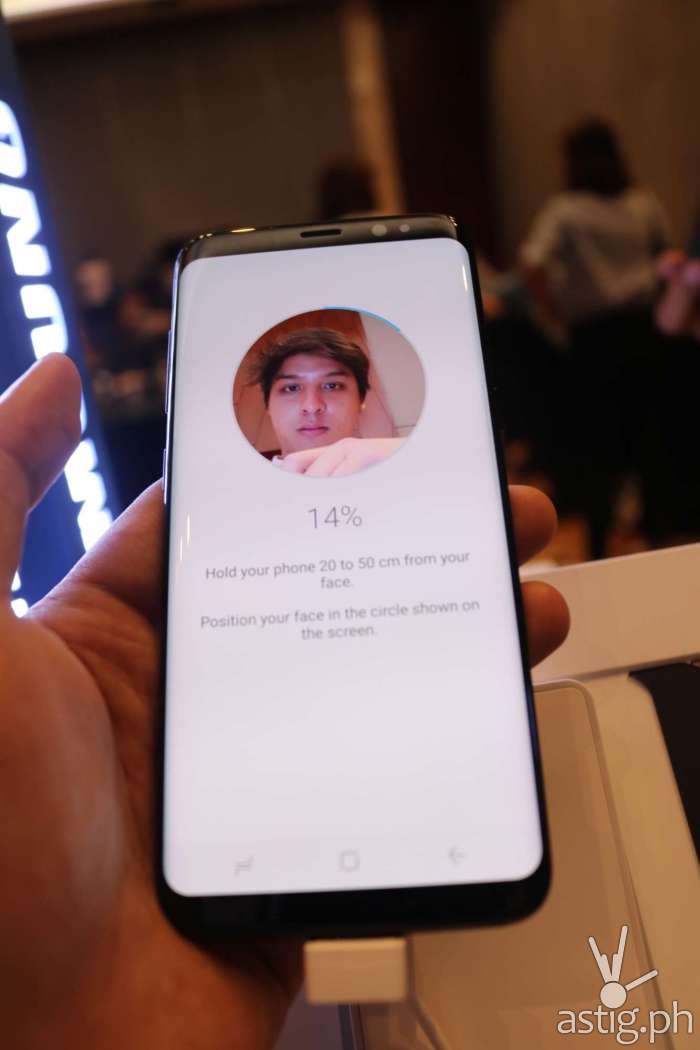
Besides the typical fingerprint, pattern, and passcode, the S8 also includes a retina scanner, another feature they got from the Note 7. They also now have facial recognition.
Going back to the fingerprint sensor, though, it’s placed on the right of the rear camera, which is very difficult to reach especially for a left handed like me and that’s just the S8. This is even worse on the Samsung Galaxy S8 Plus – the position of the fingerprint scanner is way more difficult to reach.
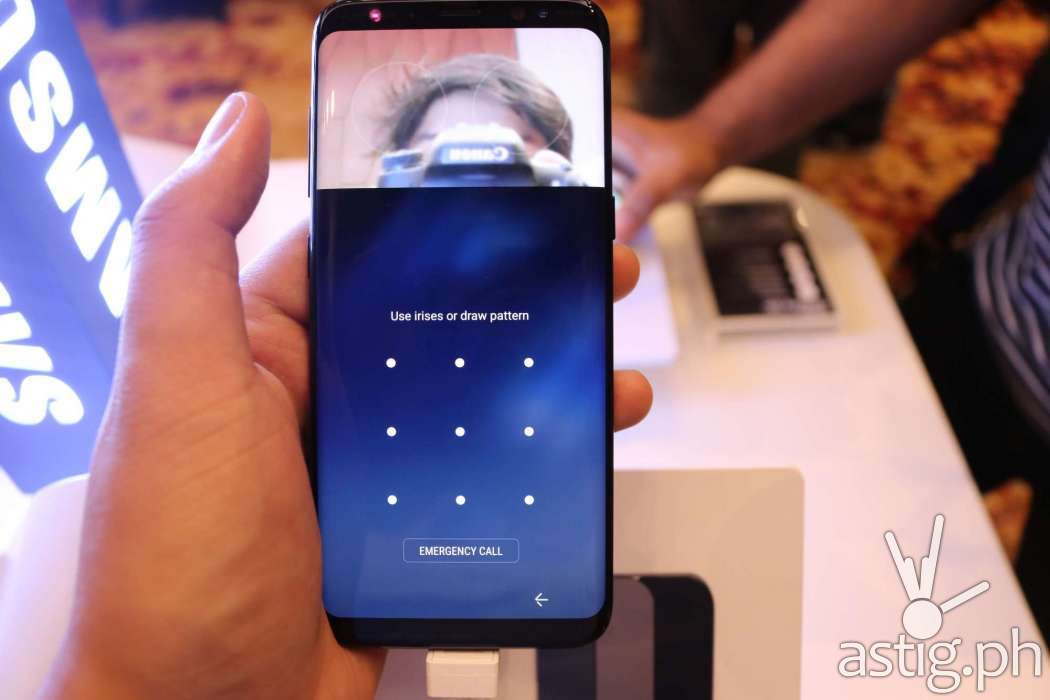
Out of the 3 though, I prefer the iris scanner to be the best since it gives you the opportunity to see the lock screen before unlocking the device. The facial recognition, on the other hand, is the fastest of the bunch, but it’s way too fast, you won’t have the time to look at your lock screen since it unlocks right away.
Performance and Battery
Samsung historically deploys it’s latest flagship in two variants, one with a Qualcomm processor and their own Exynos processor which is traditionally distributed in the EMEA region. The Philippines will be getting the Exynos processor which is significantly faster than the Qualcomm equivalent.
It’s no different here as the latest flagship uses the new Exynos 8895 octa-core chip. This is built on the 10nm process and boasts huge speed improvements and better battery efficiency. The Exynos 8895 is built up of a quad-core A53 processor running at 1.6Hz and a high-performance Exynos M1 quad-core processor running at a top clock speed of 2.3Ghz.
For graphics, it uses the latest G71MP20. Due to the nature of the event, I did not get a chance to try it out on real world tests, but it’s safe to say that it can best the current top smartphones with a breeze.
Both the Galaxy S8 and S8 Plus come with 4GB of RAM like its predecessors – a respectable amount given that Android has a fairly efficient process management system by itself. Again, Samsung resisted the trend to pack more RAM, unlike competing brands who have started to move up to 6GB.
The battery is a modest a 3000 mAh on the S8 and 3500 mAh for the S8 Plus. These are respectable sizes if you are talking about 5.1 to 5.5” devices, but the S8 line is using a 5.8” device while the S8+ uses a whopping 6.2” screen!
The screen is known to be one of the biggest power draws, so we have to wait and see how this goes for the Galaxy S8.
Accessories: AKG earphones, Dex phone dock

The reps at Samsung didn’t delve much deep on this, but the S8 and S8+ are the first devices to use the newest Bluetooth 5.0 standard. Not only will this give these devices way more stable connection with other Bluetooth devices, it can also work with devices over much larger distances compared to previous versions of Bluetooth.
They also made improvements to its earphones which is now an AKG Harman Kardon branded. I had a chance to try it out and not only it defeats Apple’s Earpods by a wide margin, in my opinion, it’s worlds better compared to Samsung’s standard earphones it usually comes with.
It also introduces Dex, a wireless charging port which when flipped, reveals a USB type C port that instantly turns your phone into a desktop. You can run all of your apps with resizable windows and offer multi-window support and you can connect your keyboard and mice to complete the PC experience using only your phone.
Verdict
The Samsung Galaxy S8 blows every other flagship out of the water with superior hardware engineering. Looks alone bring the device a notch above the competition and makes the iPhone 7 and iPhone 7 Plus pale in comparison.
It has everything that other devices do not, including a curved edge Super AMOLED screen, IP68 water, and dust proofing, and … a 3.5mm headphone jack.
On the inside, Samsung appears to be actively innovating, if Bixby and the addition of an iris scanner are any indication. The addition of AKG headphones and Dex is a nice touch, considering the hefty price point.
We were a bit let down by the lack of updates to the camera, though it is still one of the best in the market by all respects. The IR blaster did not make a comeback, though we suspect not many are missing it at all.
Samsung Galaxy S8, S8 Plus price and availability in the Philippines
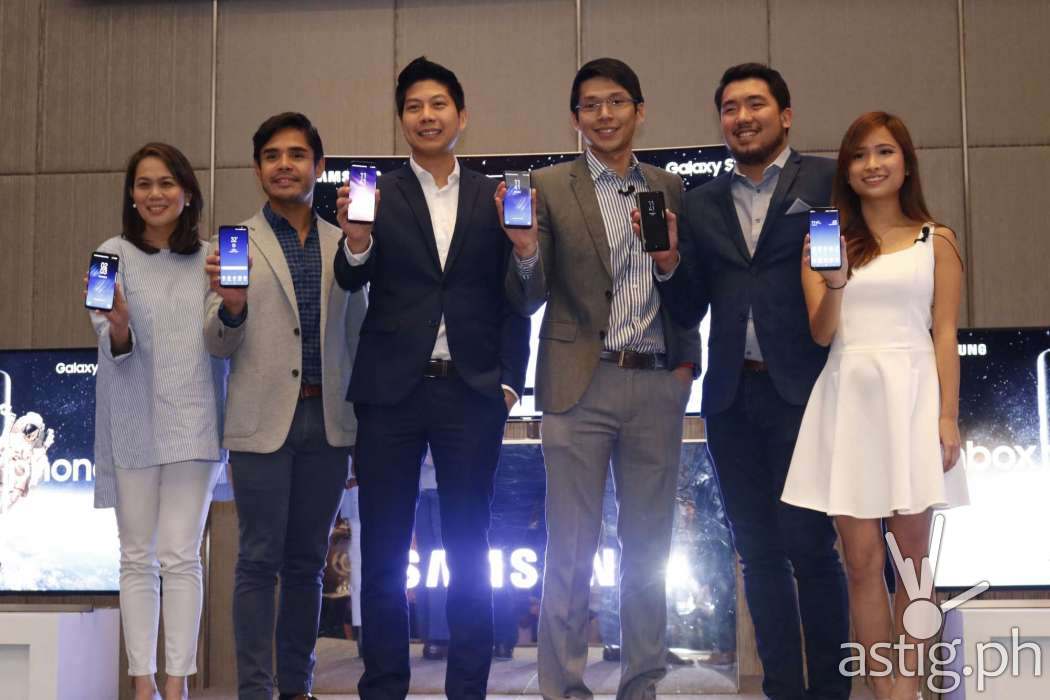
With premium features come premium pricing. The Galaxy S8 will retail for a Php39,990 while the Galaxy S8 Plus can be yours for a wallet-burning Php45,990.
Pre-orders will start on April 17-21 at authorized Samsung stores, and it will officially become available on April 30, 2017. Pre-orders come with a free Samsung Bluetooth speaker, worth Php5,000.
Samsung Galaxy S8, S8 Plus tech specs
- Display: 5.8″ (S8) / 6.2″ (S8+) 1440 x 2960 Super AMOLED + Gorilla Glass 5
- OS: Android 7 (Nougat) with TouchWiz UI
- Chipset: Qualcomm MSM8998 Snapdragon 835 (USA), Exynos 8895 (EMEA)
- CPU: 8-core 4×2.35 GHz Kryo & 4×1.9 GHz Kryo (USA), 8-core 4×2.3 GHz & 4×1.7 GHz (EMEA)
- GPU: Adreno 540 (USA), G71MP20 (EMEA)
- Memory: 4GB RAM
- Storage: 64GB ROM
- Expansion: Micro SD, up to 256 GB
- Camera (rear): 12 MP, f/1.7 with PDAF and OIS
- Camera (front): 8 MP, f/1.7 with auto focus
- Battery: 3000 mAh (S8), 3500 mAh (S8+) non-removable Li-Ion
- Connectors: USB Type-C v3.1, 3.5mm audio port
- Features: IPS68 certified waterproof and dust proof, Bluetooth 5.0 with A2DB, iris scanner, facial recognition
- Colors: Midnight Black, Orchid Gray, Arctic Silver, Coral Blue, Maple Gold


